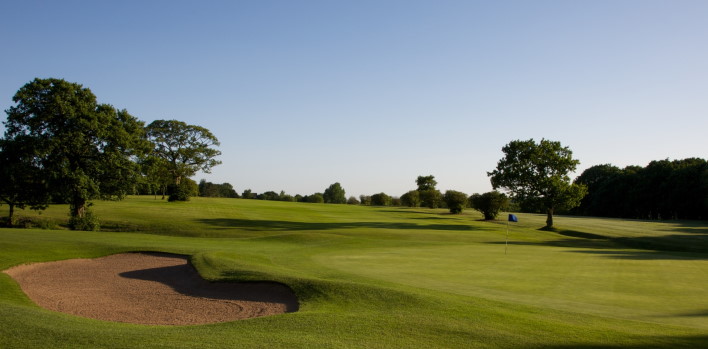Royal Troon (Old)

With the spectator grandstands still in place I really got a feel for the course that I’d witnessed on television just days previously.
The Old course at Royal Troon is not often lauded by many. It is a beautifully looking links in my opinion but it doesn’t have the stunning scenery of nearby Turnberry, the history of St. Andrews, the demands of Carnoustie, the quirk of St. Georges, the dunes of Birkdale, the reverence of Muirfield nor has it produced the great players that Hoylake has.
That said, the course exceeded my expectations and whilst I can’t really argue with any of the above statements in many ways it has a blend of everything which produces an extremely satisfying round of golf. In some ways this makes Troon a jack of all trades and master of none… but don’t fall into the trap of thinking this isn’t great golf; it’s a bloody fine links.
With a storied history Troon Golf Club was awarded Royal status in 1978 to celebrate its Centenary and has since been known as Royal Troon Golf Club. Willie Fernie, Open Champion of 1883 was appointed Professional back in 1887 just prior to the founding of the club and during his 37 year tenure he was responsible for many improvements to the Old Course including designing and laying out the Postage Stamp and Railway holes.
Heading away from town over the first half a dozen holes there is a similarity but the golf is far from mundane and dull. The wind is likely to be in the same direction and the demands are akin; primarily stay out of the many fairway bunkers then avoid the steeply faced greenside ones too. I don’t mind this though. On the tee you have the option of taking them out of the equation, trying to fly them or split them down the middle. How you’re scoring may dictate your strategy on the next hole when perhaps it shouldn’t.
Undoubtedly the best part of the course is holes seven through to eleven though. Walking onto the seventh tee gave me a similar thrill as stepping onto the third tee at Dornoch or the ninth at Cruden Bay and whilst Troon may rank third in this trio the view, which primarily takes in the hole itself, the famed Postage Stamp and a vista out to sea is spectacular.
The seventh is a brilliant hole that dog-legs to the right and is then played up to a green mainly protected by a steep rise at the front, a deep bunker short-right and a bathtub green adjacent to the putting surface.
The Postage Stamp 8th is worthy of a paragraph on its own and although there is so much to write no number of words can do justice to how good this sub 125–yard par-three is. The elevated tee, the shape of the green, the bunkering and the run-offs; everything is just perfect at this sensational shorty.
Nine and ten are also superb par fours with a partially blind approach to both but whilst the slopes may help you on the former they may well hurt you at the latter. Indeed from here on in the drop-aways around the greens are exceptional and help create an extremely demanding finish which includes tough two-shotters at the 11th - played terrifyingly alongside the railway, the 12th - which makes an about turn, and the charming 13th. Along with two fiercely testing par-threes at 14 and 17, and a long par five with a burn to jump at 16, the climax is as hard as the beginning was gentle. The 15th is my favourite hole on the run for home although playing the iconic finishing hole in front of the grand old clubhouse is also a wonderful experience.
Troon is an unassuming course that is consistently strong throughout and with the brilliant double-whammy of the 7th and 8th this, in my opinion, elevates it above other Open venues such as Carnoustie, Lytham, Birkdale and Hoylake.
The par 71 course played 7,190 yards for The Open but visitors will play it much shorter than this. Nevertheless it’s a demanding challenge but not one where length is the only thing you’ll need. Long and accurate driving is helpful but precise iron play and imagination around the greens is arguably more important. However, the main asset you’ll need at Troon is course management; the golfer who thinks their way around the course is most likely to prosper.
Read the review of Royal Troon (Portland) here.



